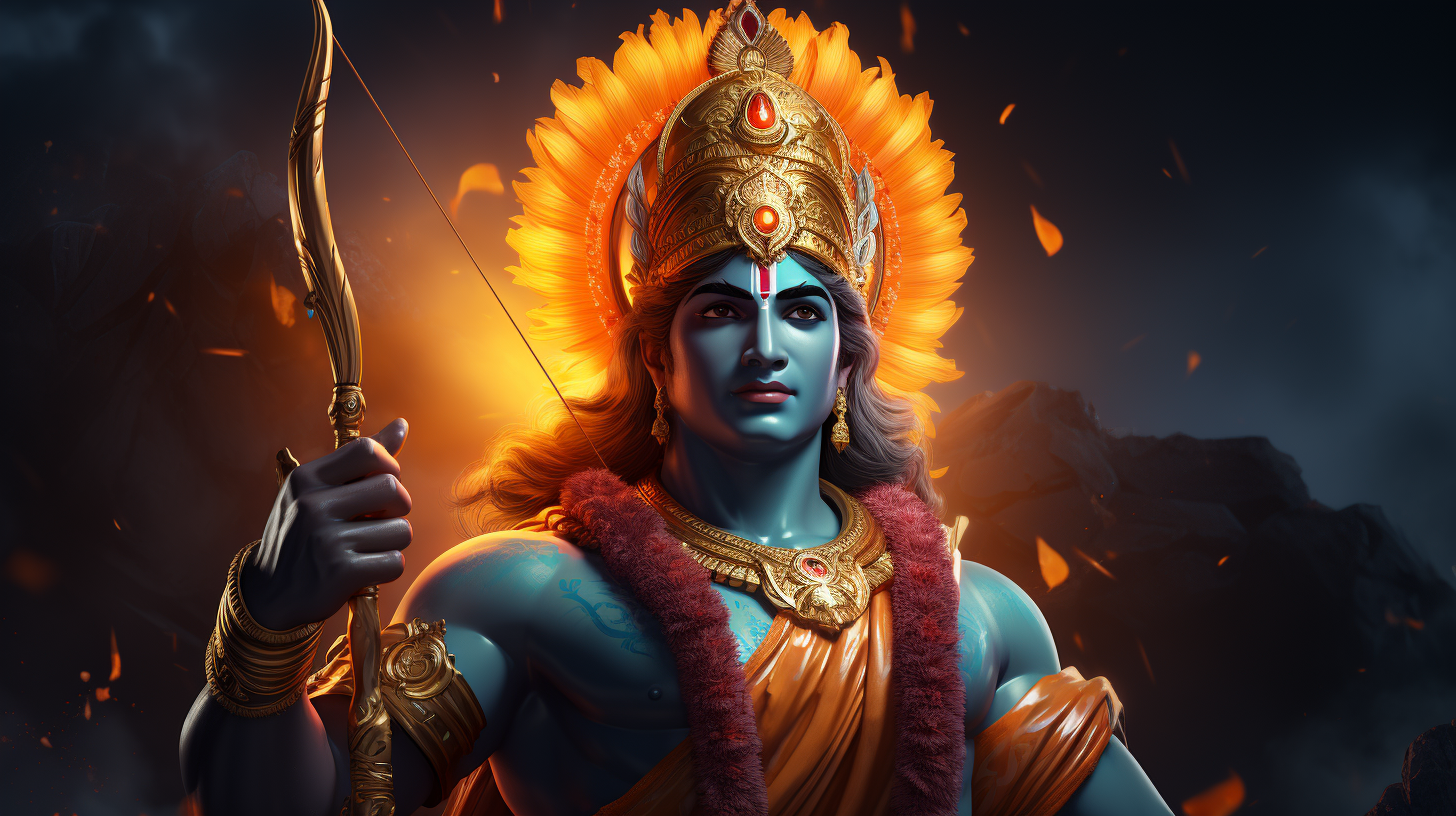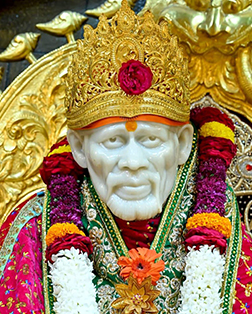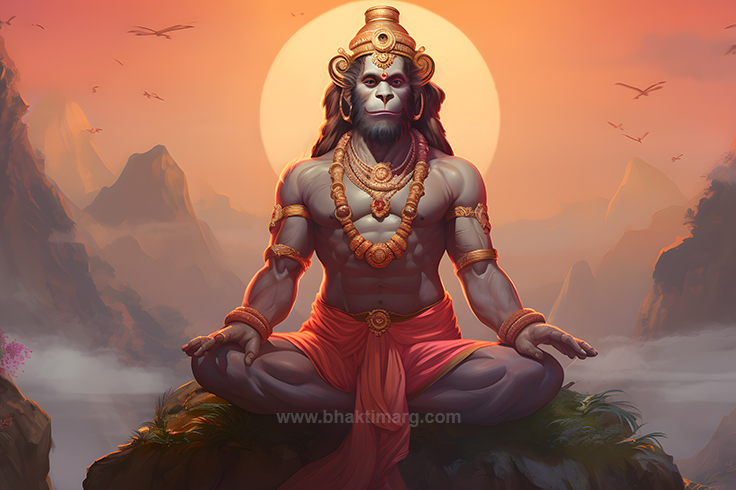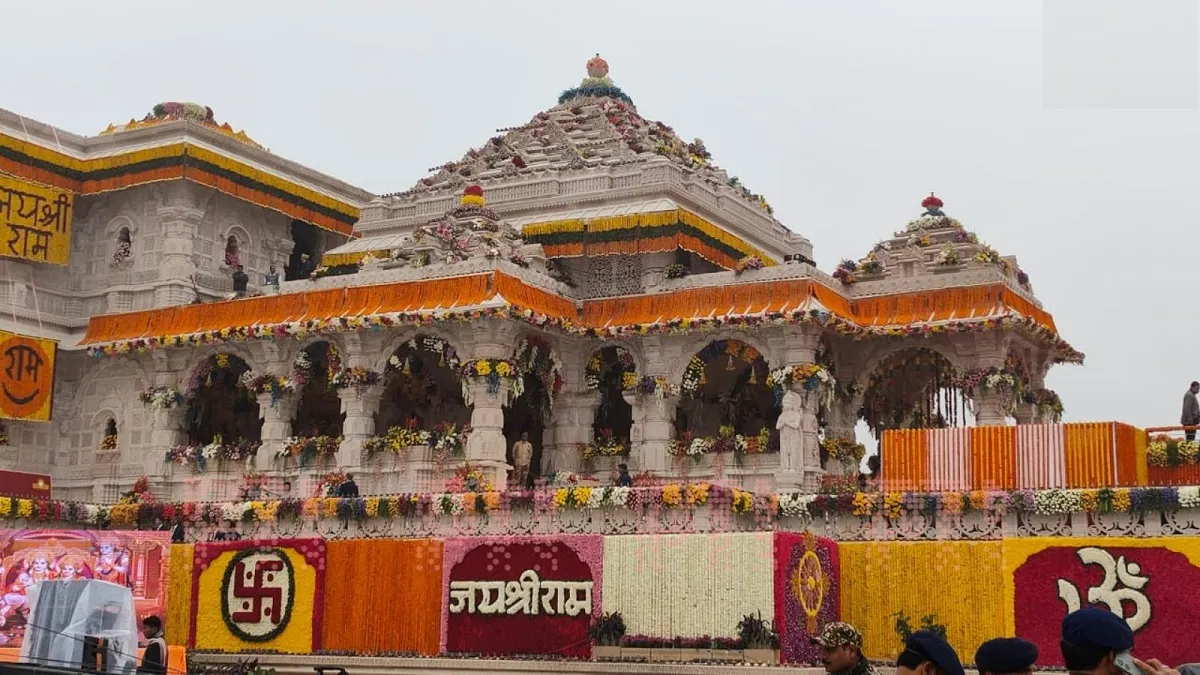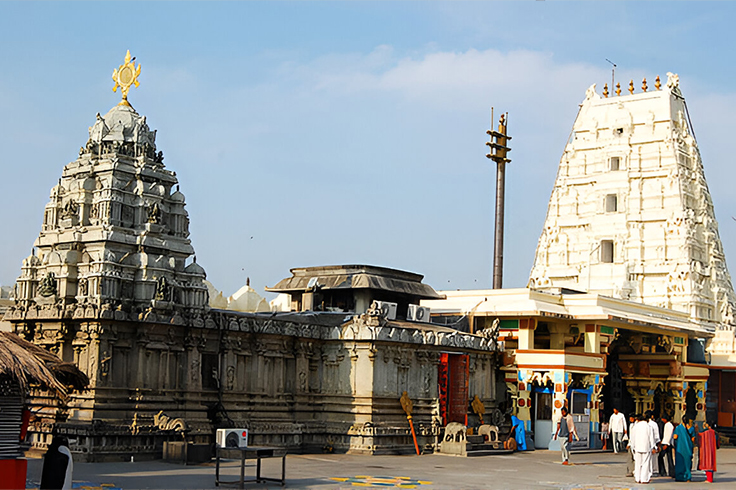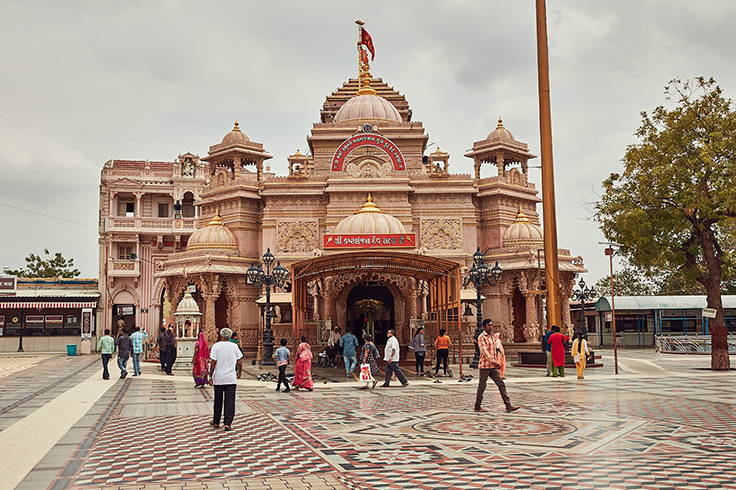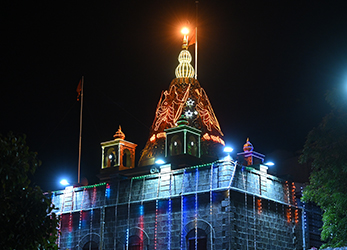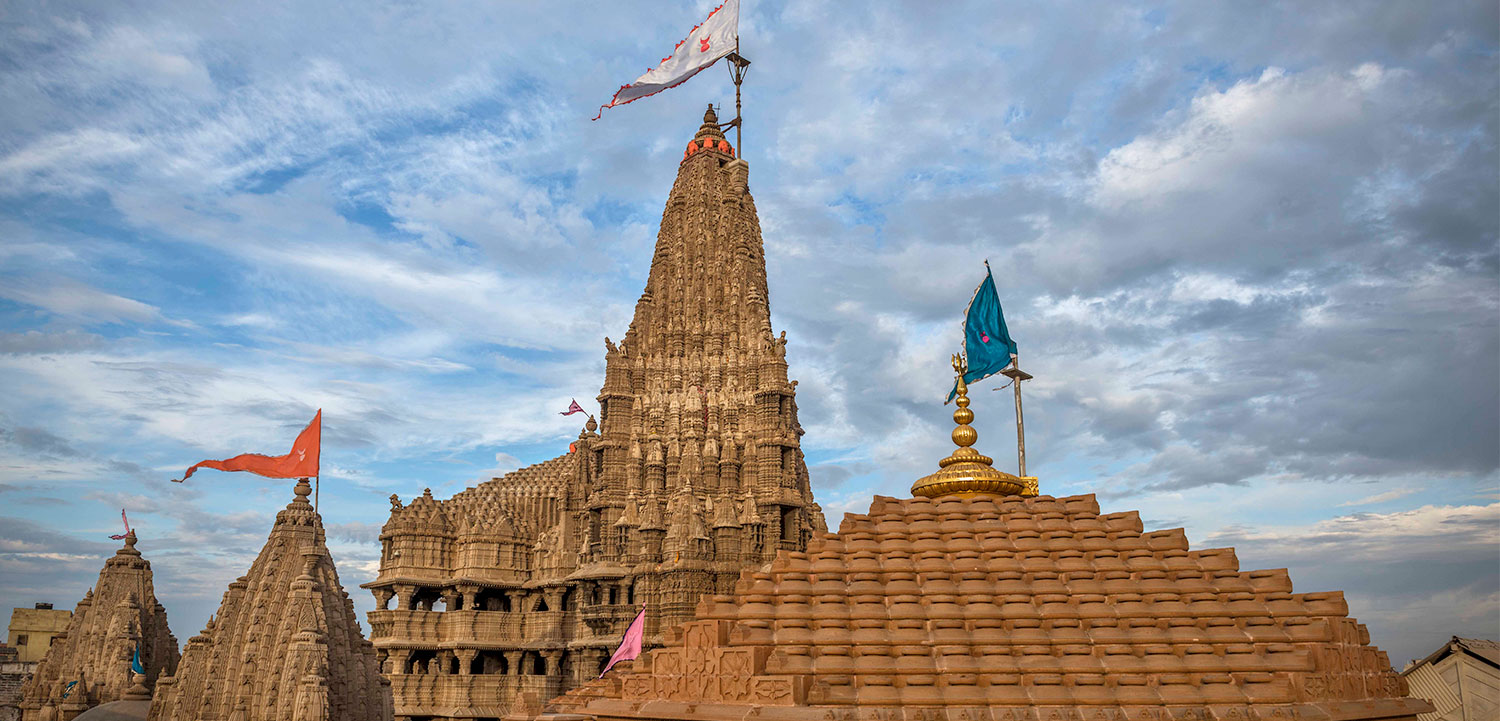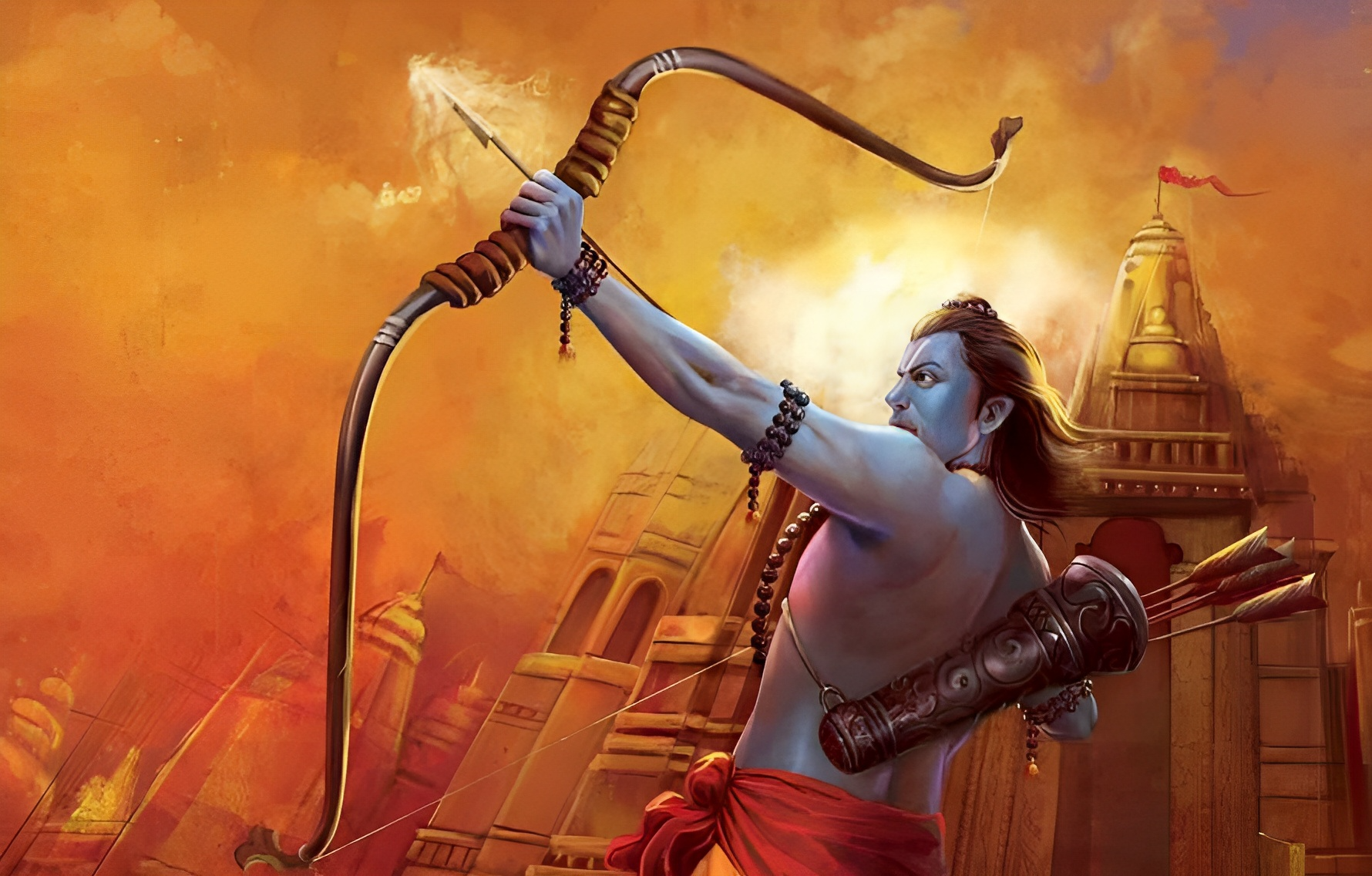
Ayodhya’s Historic Moment: Ram Mandir Inauguration in 2024
When the word Ayodhya is uttered the magnificent image of lord Rama and the legends related to him can be seen reeling through people’s eyes. This Ayodhya is said to be Ram Janmaboomi, a place where the human incarnation of Lord Vishnu took birth. A place from where the legendary journey of Prince Rama began and ended with his departure from the material world. Even today this land is praised as the sacred abode and birthplace of Shree Ram and there exists the iconic and monumental Ayodhya Ram Mandir. Saying so there is almost 5 centuries long history and great endeavor surrounding the temple.
Historical Significance of Ayodhya The Ram Janmabhoomi
Ayodhya is an ancient city situated in Uttar Pradesh, India having rich cultural and historical significance mainly associated with the Legends of Lord Rama.
- Ayodhya is considered one of the oldest inhabited cities in the world and is mentioned in many ancient Hindu scriptures and texts. Among which it is predominantly known as Ram Janmabhoomi, the birth-place to the seventh Vishnu Avatar, Hero of Ramayan, Shree Ram a revered symbol of Dharm and a prominent figure in Hinduism
- Ayodhya served as the capital of the ancient Kosala Kingdom ruled by several dynasties, but the origin it is said to have been founded by Manu, the procreator of humanity, and later rebuilt by King Ikshvaka, an ancestor of Lord Rama
- Ayodhya has also been a center of cultural religious and architectural development and excavations in the area have revealed structures dating back to ancient times. Some findings and archeological evidence are dated before the 2nd century CE, some are from the Gupta Empire like the Gaya inscription said to be issued by Samudragupta.
- In literary evidence among the Sanskrit sources identification of Ayodhya appears in the Gupta Period in Brahmanda Puran and Kalidas’s Raghuvamsha. There are local oral legends of King Vikramaditya Ujjain, who searched for the city after it was deserted due to the departure of Lord Rama and later his last known descended Brihadbala. It is said, that King Vikramaditya found the lost city rebuilt it established Ramghar Fort, and around 360 temples.
- The latest history would be the structure of the Babri Masjid built on the Ram Janmabhoomi in the 16th century. This instance led to controversy and communal issues that have been prevailing since the 1850s from time to time, leading to the demolition of the mosque in 1992 and in retaliation many Hindu sites being attacked. The issue was active in court for a long time and the case has been concluded with the facts siding the existence of Ayodhya Ram mandir granting permission to build the temple

Significance of Ayodhya Ram Mandir
Shree Ram is a revered deity in Hinduism and the Avatar of the Lord Vishnu one of the three supreme deities followed in Hindu Religion. Ayodhya Ram Mandir holds immense significance and marks a historical moment in Indian cultural and religious prospects. The following are the significant strands related to the re-construction of Shri Ram Mandir in Ayodhya,
- Ayodhya is said to be Ram Janmabhoomi the birthplace of a righteous deity in Hinduism and the central character of the epic Ramayana. Hence holds symbolic religious and cultural identity reaffirmation, representing recognition and restoration of the sacred site associated with their faith, and is viewed as the homecoming of Lord Rama
- The Ram Mandir inauguration and construction follow the resolution of the long-standing legal and political dispute related to Babri Masjid which was built on the site of the birthplace of Shree Ram. Some view this as a milestone for both the Hindu and Indian legal systems along with fostering national unity and harmony, as it represents shared cultural heritage and history that transcends religious divides
- The Shri Ram Mandir Ayodhya incorporates aesthetical and marvelous architectural elements showcasing the rich heritage of Hindu temple architecture with intricate carvings and impressive structures. So it is expected to become a major pilgrimage destination attracting devotees from across the country and beyond as it has garnered global attention, likely to contribute to the religious, cultural, and economic prosperity

Architecture of Shri Ram Mandir Ayodhya
It is said that the structure and architecture of a place reflect its traditional and cultural richness, religious belief, and aesthetic elements. While the construction of the temple is ongoing and Ayodhya Ram Mandir’s inauguration is set to be around 5 January 2024, the proposed design has been inspired by classical Indian architecture.
- The Shri Ram Mandir Ayodhya is said to have been designed in Nagar Shaili or Nagara style of temple architecture, commonly used in North India. The temple is said to have 5 mandaps and a garbhagriha built with great details and intricate design where the deity will be placed and worshipped
- It is estimated that a total of 212 pillars across the temple have been carved in Ayodhya, the roof will have a Shikhar that gives the massive structure the attributes of Bhavya Ram Mandir in Ayodhya
- The structure’s height is said to be about 128 feet high, 140 feet in width, and 270 feet in length, including the modern technology in the building process ensuring durability and structural integrity
- The architectural structure involves stone carvings that play a significant role in temple design, hence incorporating cultural symbolism, intricate motifs, and iconography associated with Ram Bhagwan and Ramayan
- The temple complex is likely to include courtyards and peripheral structures for purposes like Pradakshina and other rituals, The Ayodhya Ram Mandir is said to have 5 entrances, Sigh Dwar, Nritya Mandap, Rand Mandap, Pooja Room, and all-important Garbha Griha with Parikrama
The Ram Mandir inauguration is not just a victory in legal cases but a satiation of emotional, cultural, and religious bonding connected to the Ram Janmabhoomi, and along with it the aim of this construction is a symbol of architectural excellence and heritage.
There are many souls devoted to the erection of Shri Ram Mandir in Ayodhya, and for many, it has begun years ahead. Now the Ram Mandir inauguration concluded on 22 January 2024, granting victory to the long-standing struggle and devotion of millions of people. The Ayodhya Ram Mandir Pran-prathista was a symbol of justice for many bringing back the hope of millions and the pride of the nation.
The Pran Prathistha Ceremony
The event of Ayodhya Ram Mandir Pran Prathistha was a historical momentum that was celebrated on a large scale by Hindus all over India. The Ram Lala Murti in Ayodhya is made of Shaligram, a black stone considered sacred and a representation of Lord Shri Hari Vishnu, the idol is 51-inch sculpted by Karnataka’s Arun Yogiraj portraying Ram Lalla as 5 years old boy, decked with jewelry, a golden bow in hands, including plinth and umbrella and the Dashavtar carved on the side of murti. The Pranpartishta time was 12:29 to 12:45 in the short window for the pooja and the inauguration of the murti was concluded bringing joy to Hindus worldwide.
During the Ayodhya Mandir Pran Pratishta, there were processions and pooja carried out in various locations to recreate the moment in various places and get a feel of being a part of Ram Lalla Murti Pran Prathista.




